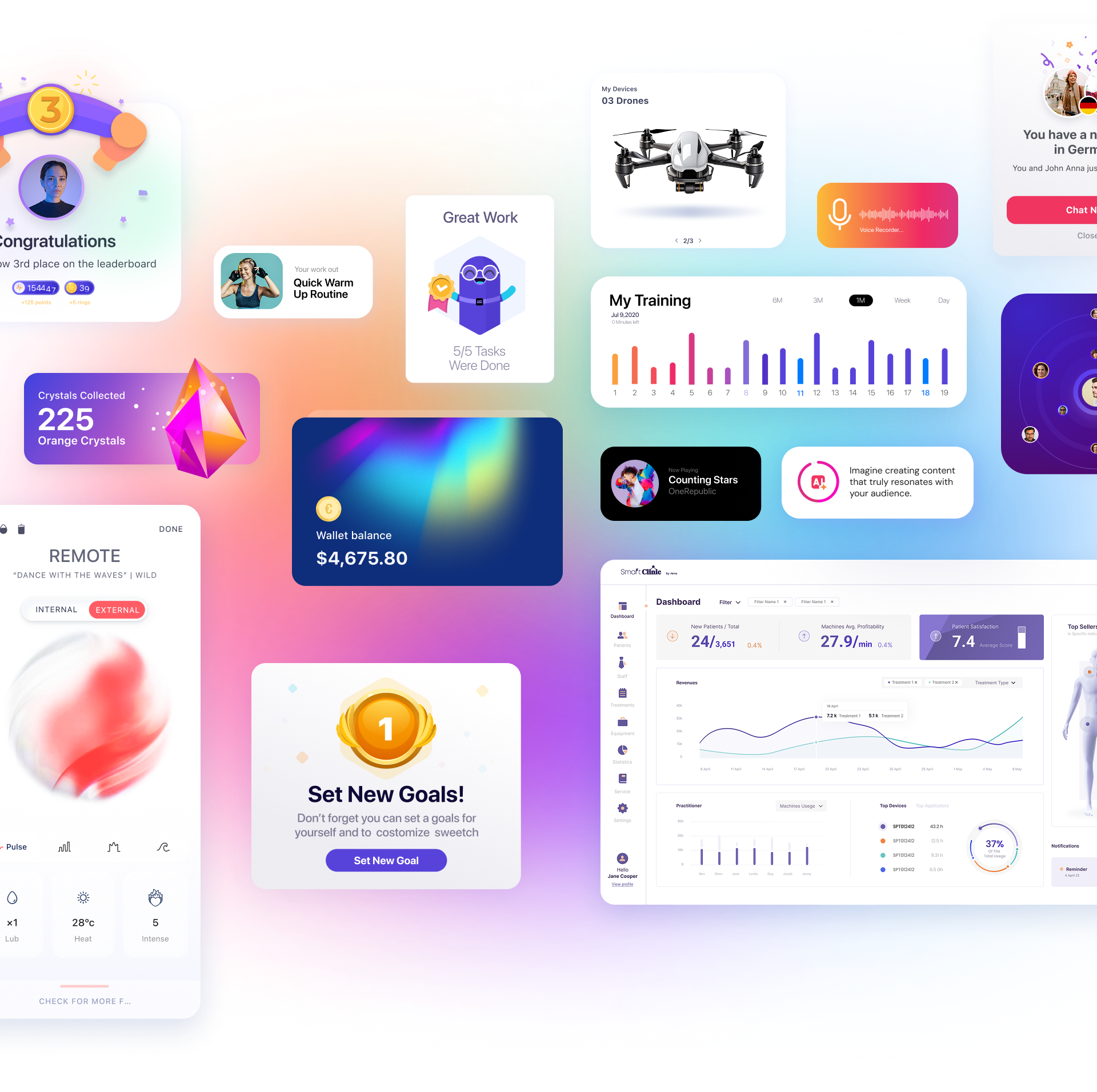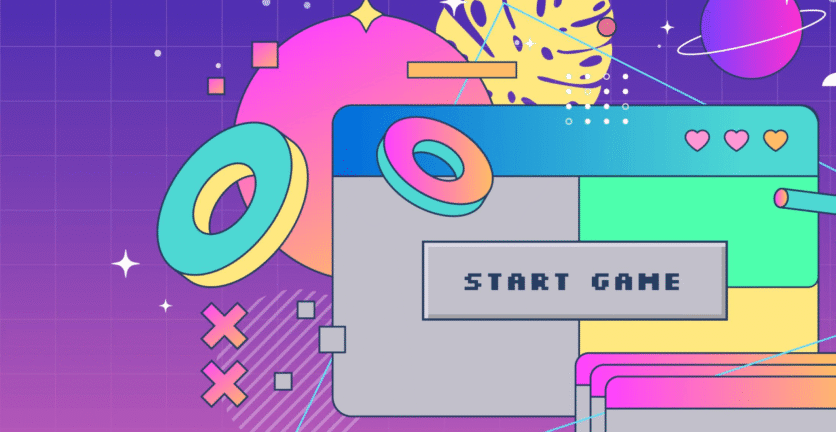The user journey is the foundation of any app or platform. It answers the most critical question: what is the user’s path, and how can we guide user behavior to improve the system’s overall KPIs?
Product designers need to understand the essence of the entire experience from the user’s perspective, and thus improve the product’s KPIs, such as MAU (Monthly Active Users), CR (Conversion Rate), and many others.
In short, the user journey is a methodology for visualizing the experience a user goes through over time. There are different methodologies and opinions about what it should include and what its construction stages are.
Of course, the user experience varies between websites, apps, and different systems, but there is a basic structure with six main parts that should be maintained to build a successful user journey.
Persona Description (Your User)
A persona is a detailed description of a user group, based on research and data from existing customers. The goal of the persona is to “bring your users to life” and describe them using demographic characteristics, hobbies, aspirations, behaviors, and more.
As part of your system’s user journey, you should build a detailed persona description and, based on it, adapt the product to the needs, character, and behavior of your users.
Stages of the Purchase Journey
The purchase journey is the process customers go through from the awareness stage of a product/service to the purchase and review stage. Usually, the journey is divided into several clear and consistent steps, but in real life, these steps don’t always happen in sequence.
To properly characterize our user journey, we need to understand which stage of the purchase journey our user is in. Do we need to raise awareness for our product/service, or are they at a stage where we need to present our advantages over competitors?
User Touchpoints
A touchpoint is any type of contact, information gathering, or interaction the user has with the product. These can be created by the company/brand itself through ads, websites, or social media, or by sharing experiences through user reviews on the site or on social networks.
Touchpoints combine the user’s needs at a specific time or place during the journey. As designers, we need to identify these points to emphasize the value the user gets from our product or service.
User Thoughts and Actions
When users describe their thoughts during the journey, we can learn from and analyze their experience. This also allows us to address specific points that need improvement in the user journey.
User actions describe what users do or try to do at each touchpoint in the process, such as searching for reviews, seeking information about the company, and more.
Analyzing your users’ thoughts and actions will help you find problematic touchpoints in the purchase journey and fix them.
Most readers of this article also read: First Time Use
Pain Points – What’s Stopping Your Users
Pain points are the most significant challenges your users face—these are the moments of friction with the product that we aim to eliminate.
A familiar example is performing actions at the bank: fixed opening hours often overlap with many people’s work hours, making it difficult to complete many tasks. As a result, customers may leave for a bank with more flexible hours or one that allows online transactions.
As UX designers, we should identify these pain points that cause customer churn and address them by enabling easy and quick actions through an app or website.
The User’s Emotional Journey
A small tip from us that will make your user journey truly useful!
The emotional journey tracks users’ feelings throughout their experience. Emotion is an inseparable part of the user journey, presenting a range of positive and negative emotional responses.
Measuring user emotions can be difficult, so here’s a way to identify them: offer your users a range of emotions and ask them to choose the one that matches how they feel, or ask them to describe their feelings in words.
Analyzing the user’s emotional journey will help us identify where to focus our energy to make the user experience more positive.
If you found this article interesting, we also recommend reading: 10 User Interface Rules You Must Not Break!





 Book a Call
Book a Call





